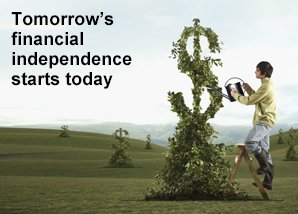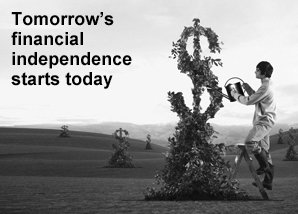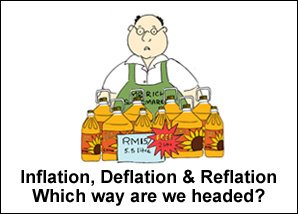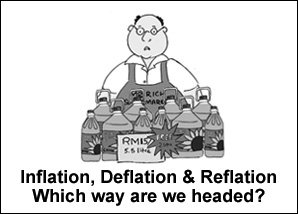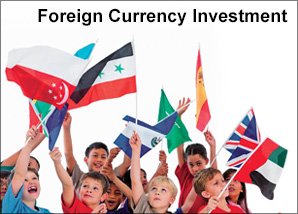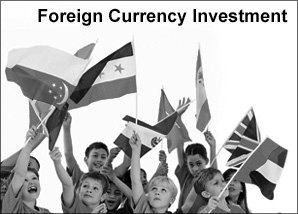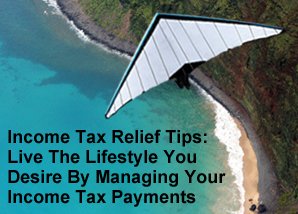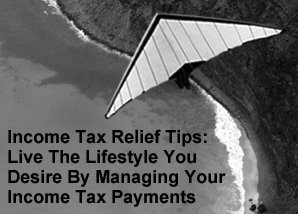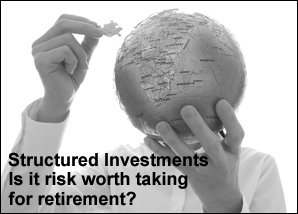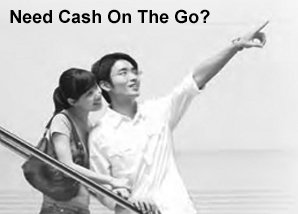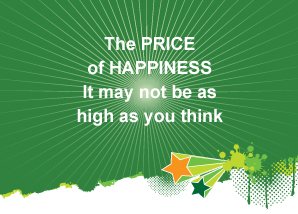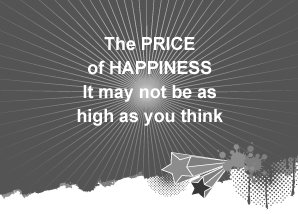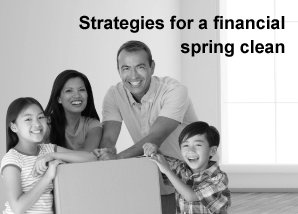Style & Substance:
Ever thought about investing in your wardrobe?
It is not often that we open our closet and wonder “Did I make a good investment?” When we consider the amount of clothes, shoes, bags and accessories that we have purchased over the years, some of us would have to admit that we have spent quite a bit of money on our wardrobe. But can an impeccable suit or dazzling evening gown be considered an investment?
Articles of clothing are not equal to a certificate of deposit, share of stock, or real estate. The bulk of our clothing cannot be sold for more or even equal to its initial value. So we cannot view them as investments on the same platform as say, stocks and bonds. Rather, fashion investment is about the mileage you receive from wearing the garment1.
It is not about having a large volume of clothes or expensive designer labels. Rather, according to Cristelle Basmaji, style expert for Jacob stores, it is “the art of investing your money in quality items that are really worthwhile. In other words, smart buys of timeless pieces that can be worn season after season2.”For instance, a well-made, well-fitting classic jacket made from quality fabric may be considered such an investment. The initial outlay may be high but when you consider the amount of use you can have from the item, over several years, it may be worth every cent1.
Not to mention, you may gain the additional benefit of a boost of confidence from looking good in a well-tailored garment. Furthermore, your outfit may alter how you approach and interact with the world as revealed in the preliminary findings from a study published on the Journal of Experimental Social Psychology’s website3. It discovered that “if you have a strong cultural association with a garment, wearing it can affect your cognitive processes. This phenomenon is called enclothed cognition, meaning that if your brain links Miuccia Prada’s or Phoebe Philo’s collections with powerful, intelligent women, you’re likely to take on those attributes when you wear that Prada pleated skirt or Céline jacket4.”
It doesn’t matter whether you are male or female — what you look like may play a part in your confidence levels. Investing in your appearance with quality clothes and a flattering hairstyle may help you put your best foot forward. “When you look good, you feel good and you perform at a much higher level in your personal and professional life,” says image consultant Julie Zanes, founder of Instyle Image5. A sense of self-assurance may arise from knowing that you feel good about what you’re wearing and look poised as you face different situations in life. So for your next shopping trip, you may consider keeping these in mind as you invest in fashion:
Quality and durability:
You may want to shop for pieces that offer a better fit and quality fabric (eg. cashmere, cotton, silk). They may be more expensive compared to cheaper items but it makes sense to invest in pieces that look better and last longer2.
Timeless pieces:
You may wish to add to your wardrobe, classic essentials that will form the foundation of your wardrobe. A business person may consider a tailored jacket, dress shirts (for men)6 or black pencil skirts and white blouses (for women)2.Go for modern classics in the best quality you can afford. With proper care, they may be worn for several years.
Shop smart:
Take advantage of HSBC’s SmartPrivileges for shopping offers and promotions. With our Flexi Payment Plan, you can buy a branded suit or dream designer handbag sooner than you think with affordable monthly instalments instead of paying the total sum upfront.
Capsulise it:
A clothes capsule is a collection of 15 to 20 pieces in your wardrobe, which gives you a number of outfits through careful mixing and matching7. The capsule usually comprise of wardrobe staples such as tailored trousers, jeans, blazers, white shirts, etc. Style guru Emma Llyod suggests, “a successful business capsule wardrobe is to mix and match by co-ordinating pieces with each other. Two jackets, two pair of trousers, one skirt and five tops will give you a different outfit every day for many weeks8.” Think of your capsule as the “main ingredients” and additional seasonal pieces as spices for added style. By pre-coordinating your capsules, it allows you to quickly pull together an outfit for an occasion9. Here are sample capsules for men and women10.
If there are missing pieces to your capsule, you can consider shopping for quality items to complete the look you wish to create11. (eg. a pair of leather pumps to complement your corporate look)
If you think this is the year to overhaul your wardrobe, don’t simply rush into it. You may want to buy one piece at a time and slowly build up a wardrobe that truly reflects your style and personality. For a start, you may consider dropping by our new SmartPrivileges website at www.hsbc.com.my/sp to check out HSBC’s offers and privileges that may help you invest in your style.
Source:
1. About.com, “Investment Dressing: Can Fashion Ever Really Be an Investment?”, (undated) 2. Vancouver Sun, “Frugal and fabulous: Saving money on fashion can be beautiful”, 15 January 2013 3. Journal of Experimental Social Psychology Volume 48, Issue 4, July 2012, Pages 918-925, “Enclothed cognition” by Hajo Adam and Adam D. Galinsky, Northwestern University, Evanston, USA 4. Vogue.com, “Confidence Dressing: How Clothing Affects the Mind”, 27 April 2012 5. Body+Soul.com.au, “How clothes can boost mood” (undated) 6. Art of Manliness.com, “How to Build Your Wardrobe: Part II-Men’s Clothing Specifics” 13 May 2010 7. Tangs Malaysia Fashion Blog, “Fashion Essentials 2011: An Introduction to Capsule Wardrobe” 22 December 2010 8. Platform 505.com, “Why invest in a Capsule Wardrobe?” 21 February 2013. 9. Intro-Mind.com, “Building a capsule wardrobe 101”, 20 December 2012 10. Tangs Fashion Lifestyle Blog, “Fashion Essentials 2011: An Introduction to Capsule Wardrobe”, 22 December 2010 http://www.tangs.com.my/fashion-lifestyle- blog/fashion-essentials-2011-an-introduction-to-capsule-wardrobe_87) 11. Simple ways to.com “Create a capsule wardrobe” (undated)
April 2013


 LIKE THIS ARTICLE?
LIKE THIS ARTICLE?




